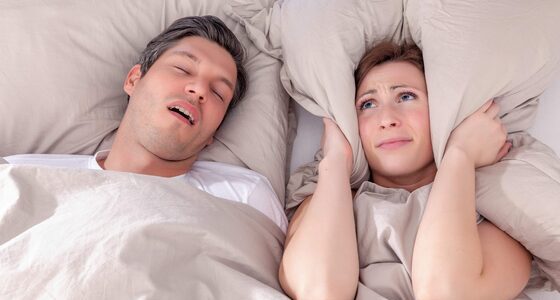Americans lead busy lives, often catching only a few hours of sleep a night.
Seeing people yawn and cat-nap during the day hardly seems unusual. But if you feel excessively tired during the day, even after setting aside enough hours for sufficient sleep, you may be suffering from a common but serious condition — obstructive sleep apnea.
Sleep apnea is a breathing disorder that occurs during sleep. Patients with sleep apnea stop breathing at night, sometimes hundreds of times, and for up to a minute at a time.
Obstructive sleep apnea, which is caused when soft tissue in the back of the throat collapses and blocks the airway, is the most common form of sleep apnea. Sleep apnea is as common as diabetes — according to the National Institutes of Health (NIH), sleep apnea affects over 12 million Americans.
Risk factors include being overweight, male and over 40, but anyone can develop sleep apnea at any time. Because most people aren’t aware of sleep apnea or its symptoms, many cases go undiagnosed and untreated, to sometimes serious consequences.
Untreated sleep apnea can cause high blood pressure, cardiovascular disease, memory problems, impotency, weight gain and headaches, not to mention poor work performance and automobile accidents caused by sleep deprivation. If you’re unsure whether you may have sleep apnea, get your Snore Score at the American Sleep Apnea’s Association’s Web site, sleep apnea.
If a doctor suspects sleep apnea, he or she will assign the patient a sleep study. Patients undergo full sleep studies at sleep study centers or sleep laboratories. There, a polysomnogram measures patients’ brain activity, eye movement, muscle activity, breathing, heart rate and oxygen levels to determine whether sleep apnea exists.
Several treatments can help sleep apnea patients. The most common treatment for Sleep Apnea is CPAP (or Continuous Positive Airway Pressure) therapy, which continuously blows air through the airway during sleep, creating a splint that keeps the throat open. Patients can also address their symptoms by losing weight, trying different sleeping positions or using oral appliances.




